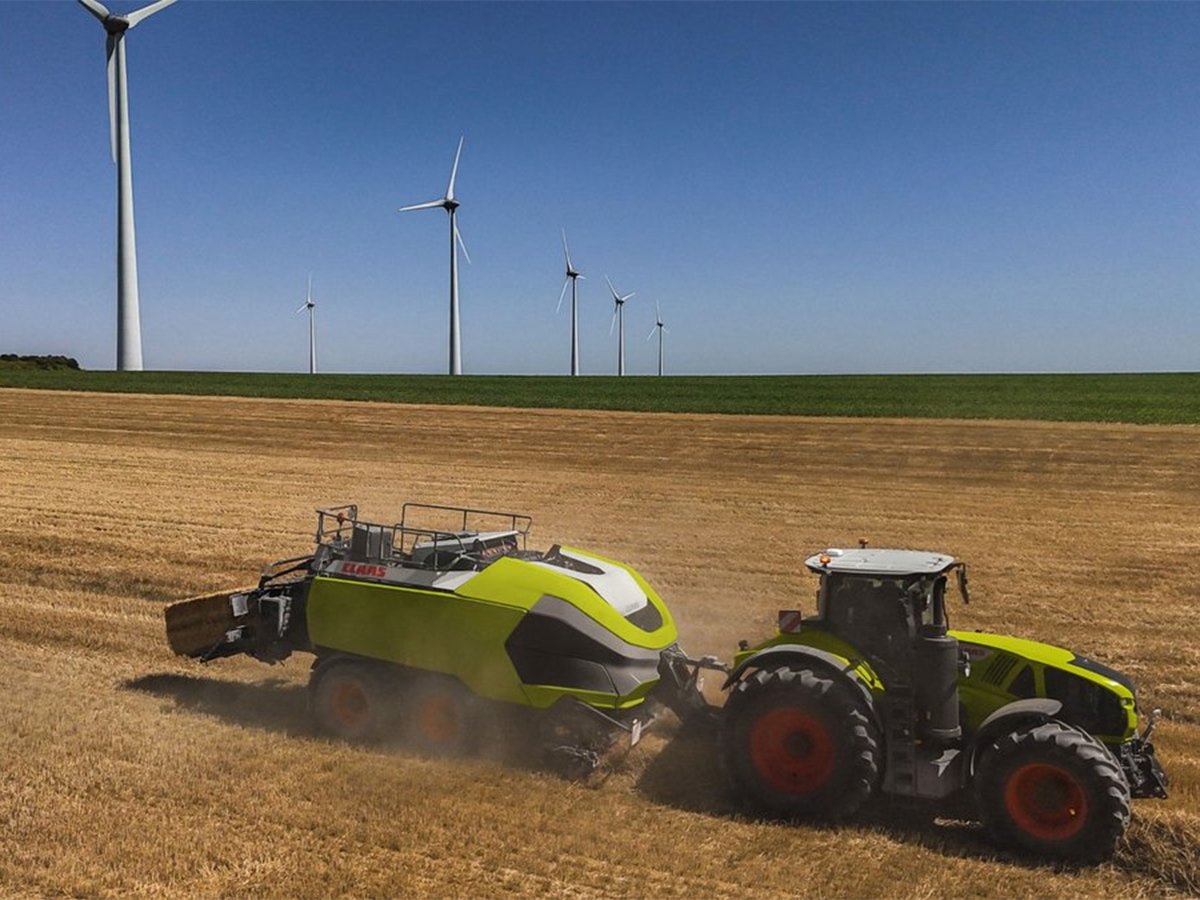FORT MACLEOD, Alta. – Farmers will need to fight to maintain their present share of water supplies as demands to allocate more water for urban and industrial use increases, said an Alberta Agriculture water expert.
“Agriculture has always had an extremely large share of Alberta water,” said Roger Hohm of the department’s water resources branch.
“We are starting to get a lot of pressure on our water and whether we are going to keep it.”
Hohm told an Oldman Watershed Council meeting in Fort Macleod Feb. 3 that previous water shortages were considered a short-term problem.
Read Also

Machinery automation runs through 2025 Agritechnica innovation awards
Computer vision and AI processing for farm machinery show up many times in Agritechnica’s 2025 innovation award winners.
But a variety of non-agricultural interests, including developers, environmentalists and an urban population of 2.5 million people, now want assurances they will receive their shares.
He said agriculture was built on the concept that farmers were entitled to the grass, land and water, but these days they must assure the public that they are making good use of those resources.
Agriculture must become involved with environmental and energy groups to prove it is doing the right things for society and the ecology.
Holm said the greatest priorities are to provide drinking water to people and livestock. In Alberta, water allocations are licensed and those with the oldest dated licences receive their supply first.
However, he said that could change.
“Just because they have the oldest water licence on the river doesn’t mean someone else won’t get water.”
Rapid urban and industrial development is a major pressure on the water supply.
The fastest growing region in Canada is the corridor between Calgary and Edmonton. It affects five river basins that will be expected to provide water to the growing population.
“Agriculture wants to make sure it keeps its share,” Hohm said.
Producers must also compete with the energy industry, which is aggravated by a government inclination to support energy first and look after agriculture later. Farming will be around after energy is gone, and agriculture needs to speak up now to ensure adequate water is available in the future, he said.
Climate change and its effect on the water supply is another unknown.
A longer growing season with more heat and more precipitation is predicted. More extreme weather, including droughts and floods, is expected to occur, according to climate change predictions. Soil is expected to warm up sooner, which will affect spring runoff.
Alberta Irrigation Projects executive director Ron McMullin said irrigation farmers have adopted conservation measures over the last 20 years, which have enabled them to use less than their yearly water allotment. Alberta’s irrigation sector is allowed 3.5 billion cubic metres per year.
New irrigation equipment has increased efficiency, which farmers have adopted to reduce production costs. McMullin said reducing water use by one percent saves 200 million cubic metres of water.
“About half that saving is in the Oldman River basin,” he said, which covers southwestern Alberta from just south of Calgary to east of Taber to the U.S. border.
The old flood irrigation systems were 35 percent efficient compared to modern low pressure pivots that are 85 percent efficient.
Canals have been re-lined to prevent seepage, and the province and irrigation districts are installing pipelines to reduce evaporation that occurs in canals.
About $1 million per year has been invested in pipelines during the last three years, he added.















